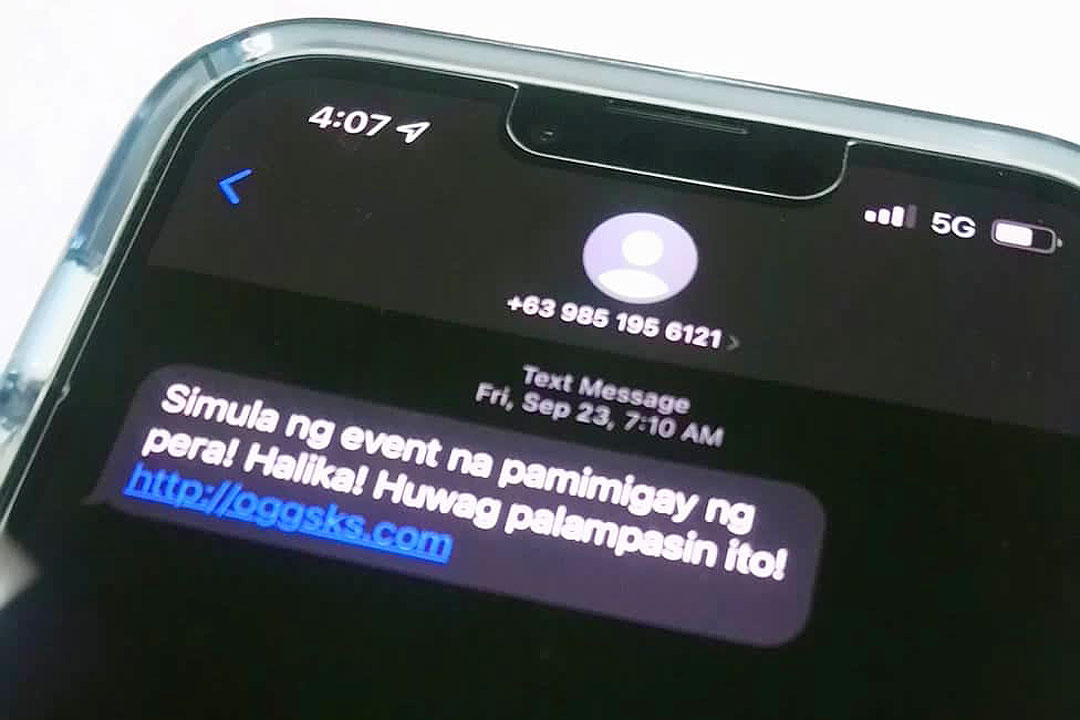
ANTI-SCAM application Whoscall said it has received 20,829 reports in its Content Checker from March to mid-June, with over 7,200 of these labeled as scams, according to its developer Gogolook Philippines.
“From March to the middle of June, the reports we received were a mix of deepfakes, malicious links, and suspicious OCR (Optical Character Recognition) images,” Gogolook Country Manager Mel Migriño said in a news forum on Wednesday.
Out of the total, 70% or 14,627 reports during the period were assessed by the Whoscall Content Checker.
Of the assessed reports, 7,200 were labeled as outright scams, and around 2,891 were potential scams, Ms. Migriño said.
Meanwhile, around 4,400 assessed reports showed “no risk for now,” she also noted.
Whoscall in March introduced its Content Checker function, designed to help users detect suspicious messages and posts containing misinformation.
It can identify phishing attempts, fake promos, and misleading news links.
Also on Wednesday, anti-scam group Scam Watch Pilipinas launched Scam Vault PH in a platform where users can report scam content links and fake accounts.
The platform was built in collaboration with Whoscall Philippines and the Philippine National Police Anti-Cybercrime Group (PNP-ACG).
Users can report suspicious links on Scam Vault PH’s Facebook page, which will be analyzed by Whoscall’s AI (artificial intelligence)‑driven tools.
The confirmed scam posts will be sent to the PNP‑ACG to coordinate the necessary takedowns and investigations.
Scam Watch Pilipinas Co-founder Jocel De Guzman called on the need to crack down fake accounts that spread scams, deepfakes and other suspicious posts.
“We will compile all of these [reports,] and then hopefully, we’ll be able to monitor how fast these [posts or accounts] are taken down [in these online platforms],” Mr. De Guzman said in mixed English and Filipino.
Mr. De Guzman also cited the need to limit the number of registered subscriber identity modules (SIMs) per person to avoid the proliferation of online scams. — Beatriz Marie D. Cruz



